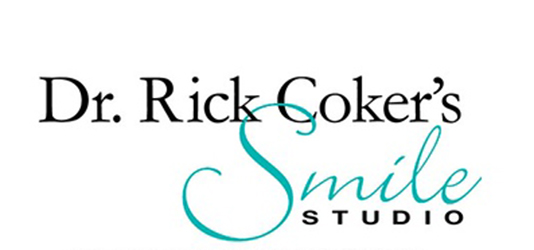Some Frequently Asked Questions About Facial Pain
-
It is a neuropathy in the trigeminal nerve (a facial nerve). It is the biggest nerve in the body and it doesn’t go beyond the neck.
-
There is often an electric or sharp stabbing in the face that is just random throughout the day. It could get worse when you eat or speak. It can happen in the middle of the night or during the day. Sometimes cold weather or something lightly touching the face can set it off. Patients often say the pain is a 15 on a scale of 1-10. Sometimes it is so intense, it is called the suicide disease.
-
The common thought is that it is a blood vessel compressing the trigeminal nerve.
-
It is usually treated with tons of medications to basically make patients “zombies.” Or, they are doing brain surgery, either a microvascular decompression or gamma knife. Those are the two accepted treatments. Basically it is irradiating the nerve so it doesn’t feel pain or they are drilling a hole in your head and putting a piece of teflon between the blood vessel and the nerve.
-
Possible, but there are very few published studies to show efficacy.
-
The trigeminal nerve is basically a dental nerve. It has three branches: the mandible, the maxillary and the opthalmic. Therefore, the pain can be radiating in these three areas and patients can randomly feel severe shocks in any of those areas.
More Questions about Trigeminal Neuralgia
-
The dentist is able to turn down the volume on the pain. An analogy: You burn your finger on a hot pan taking it out of the oven. You don’t want anything touching that finger because all of the nerves are alive. By getting the bite corrected, it will calm down the nerves causing the intense pain.
-
Actually about 90% of the cases are not neuropathic.
-
Botox doesn’t work on neuropathic pain. It paralyzes muscle. So, you are taking the muscle out of action.
-
It is a physiological pain that is exacerbated when the teeth come together in an unusual way.
-
Results are amazing. We have had a 90% success rate in the alleviation of pain. The pain usually goes down within a day or two. However, the pain will fluctuate quite a bit, usually early on. The flucuations happen less and less. Even if your pain goes down from a 10 or 15 to a 5, wouldn’t your life be changed?
-
No. People who have suffered for years get as much relief as those whose pain has just begun.
Questions about Meniere’s Disease
-
It is basically a 4-component diagnosis that is clinically given. You may have ringing in the ears, some hearing fluctuations and hearing loss, vertigo, and tinnitus.
-
Usually doctors do an MRI and if they don’t find anything, will usually say that you have “Meniere’s Disease.” “Sorry, there’s no cure, this will just be your life, not.”
-
We usually don’t pay much attention to the diagnosis. A lot of the symptoms are also caused by TMJ or TMD (dental terms for dysfunction of the jaw muscle). Description text goes here
-
We do a full evaluation and exam. The vertigo and the ear fullness are two of the easiest symptoms to get rid of. Tinnitus is a little harder, because there are often other components to that. But, people are coming in from all around the region, just to have hope for Meniere’s Disease.
-
Basically, it is how the bite impacts the body. We could probably accomplish the same results with a splint or a night guard, but not the same level of correction. People don’t wear splints full time. They take them out to eat or to go to a social event. So, it is much better to build the therapy into the teeth which makes compliance 100%.
-
Yes. We hook patients up to a T-Scan which shows us how the teeth hit together and how much force is on the jaw muscle. tem description
-
Most patients that we treat for Meniere’s Disease or Trigeminal Neuralgia have already been to see a neurologist or an ENT and of course, their primary care physician.
